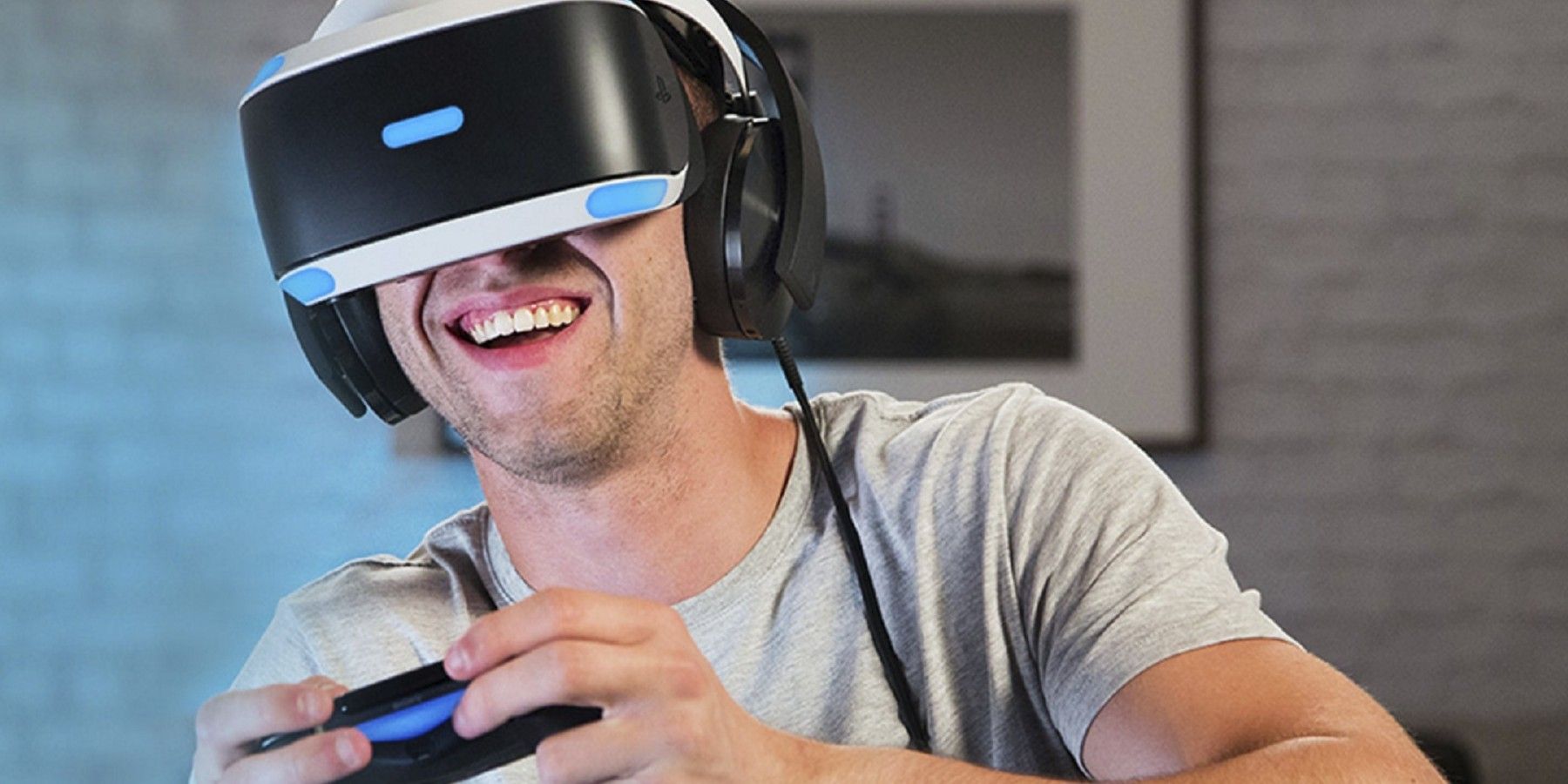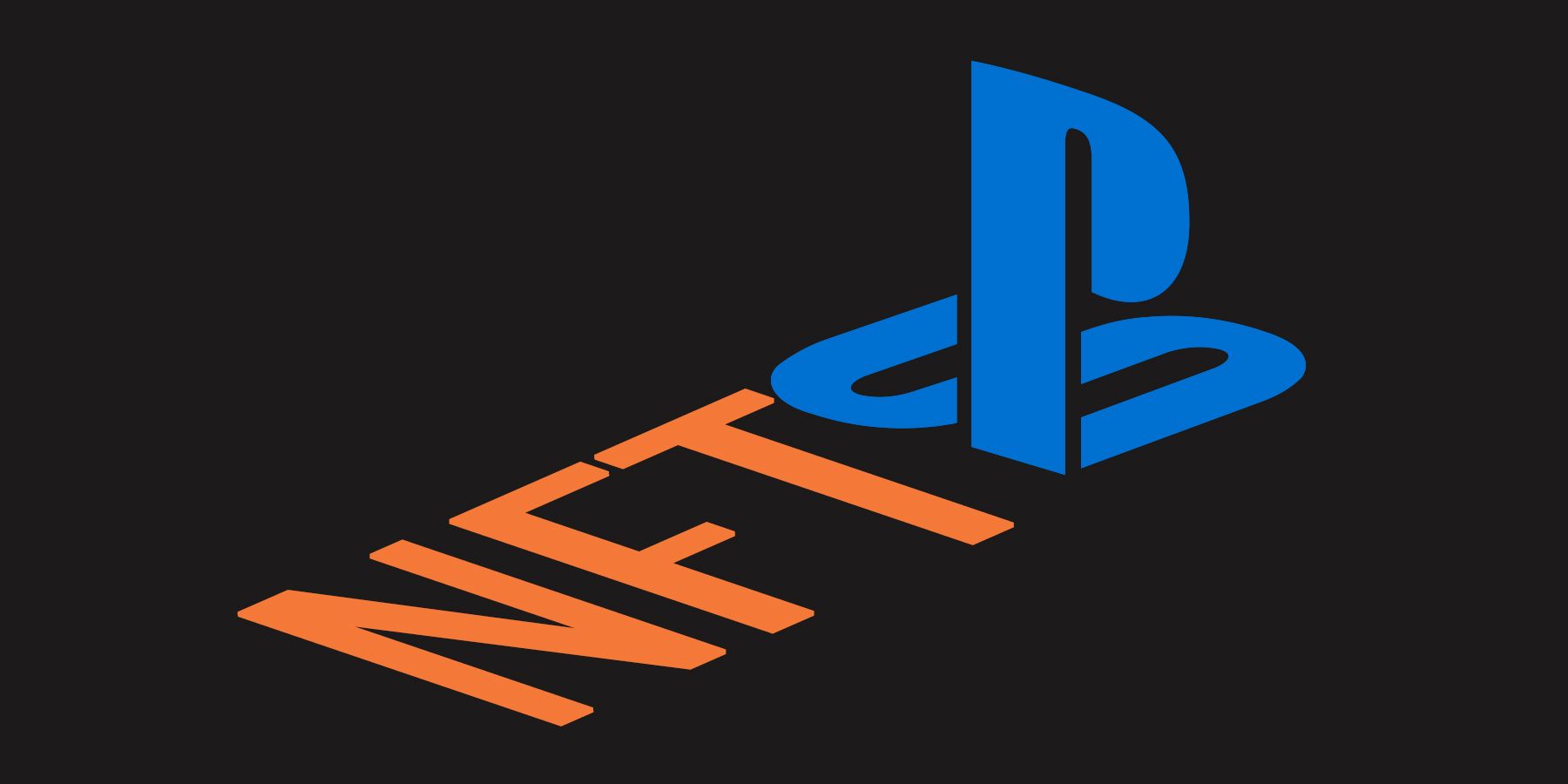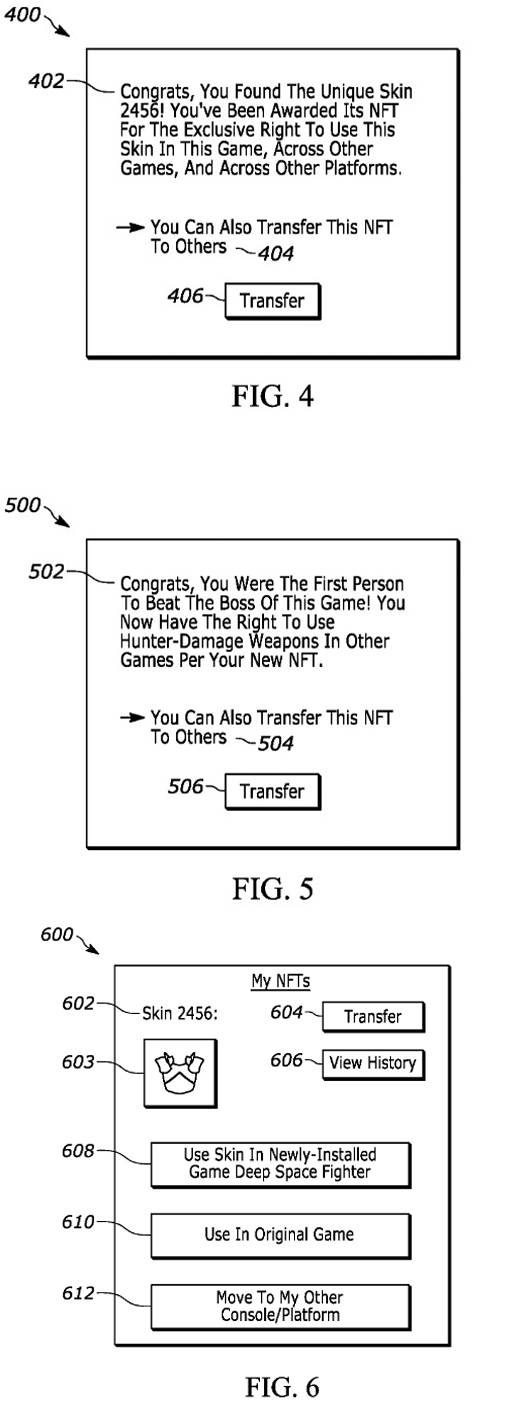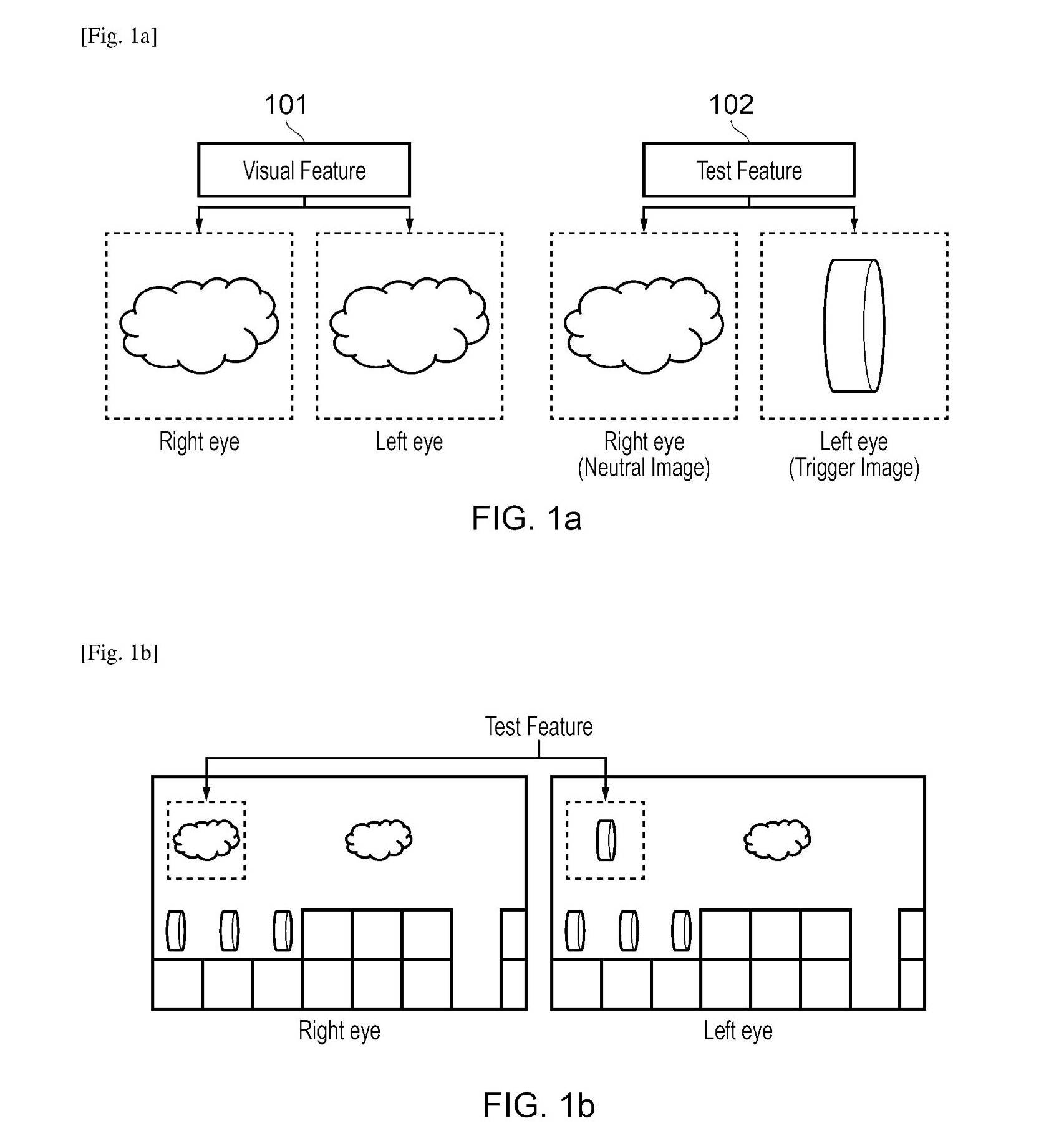IbizaPocholo
NeoGAFs Kent Brockman

Sony Patent Could Prevent Players From Accessing Age-Restricted Content
Sony continues to file many detailed patents, including one that could prevent PlayStation VR players from accessing age-restricted content.
According to a freshly filed Sony patent, VR users will be curated content based on their user profile by using rating scores to match the player with specific visuals. Because there have been many vulgar expressions used in VR spaces already, part of this patent highlights an effort to prevent young gamers from seeing explicit gestures, language, and graphics used in PS VR and presumably other VR devices. Based on this Sony patent, the connection between a user profile and the head-mounted display will help censor such things in existing multiplayer VR games like Among Us VR, VR Chat, Altspace VR, and more.
The Sony patent will dynamically observe the virtual space around the player and their matching audio separately to adjust any age-restricted content necessary in real-time whether it's visual or auditory. While the patent focuses on existing PlayStation VR headsets, it could also be used with future VR technology, which may become a selling point for the hardware with parents. Though not too many widely known instances of PS VR vulgarity have made waves yet, Meta's Metaverse had to implement some of its own changes immediately when a VR user was allegedly groped.

-------------------------------------------------------------------------------------------------------------------------------------

Sony Files Another Patent for Cross-Platform Video Game NFTs
Sony keeps exploring gaming applications of NFTs with another bold idea that transcends platforms, but remains dubious due to recent player pushback.
The latest example illustrating that trend comes in the form of a newly granted Sony patent describing an NFT framework for issuing, managing, and monetizing digital assets across games, platforms, and accounts. The application, filed in September 2022, envisions a system that ties NFTs to certain in-game achievements, awarding unique assets to players who manage to perform feats like discovering a hidden item or being the first person in the world to beat a particular boss. The latter reward type is kind of a leitmotif of the entire patent, with most of its example applications envisioning ways to use NFTs for acknowledging players or group thereof who are the first to accomplish something.

"As recognized herein, in some applications such as computer/video games, an NFT might represent the artwork or an asset in the game (such as a character or weapon or other game asset), but current systems are technologically inadequate for the owner to use the asset across different games and platforms," reads a summary.
"Accordingly, as further recognized herein, the functionality of the game may be enhanced by enabling gamers and/or spectators to exclusively use the asset and possibly transfer its rights to others via NFT".
One example given is players obtaining a unique skin in a game that can then be used in other titles and even on different gaming platforms.
Such NFTs could also "be transferred to others (e.g., sold to others for value or exchanged)", Sony said.
Another example describes rewarding the first person to beat a boss in a game the "right to use hunter-damage weapons in other games per your new NFT".
"As yet another example, an NFT representing reaching a certain level, score, and/or points accumulation in a particular video game may be minted," the patent reads.
"The NFT may then be transferred to someone else, who may then resume the game where the transferor left off according to the NFT so that the transferee begins gameplay at the same level, with the same score, and/or with the same points accumulation as the transferor."
----------------------------------------------------------------------------------------------------------------------------------------

Sony Working on Video Game Method to Detect ADHD, Other Disorders
Sony files a patent for a video game method to detect ADHD, as well as other disorders like bipolar, depression, and obsessive compulsive disorder.
Sony is working on patenting a method that uses video games to detect ADHD and other disorders like bipolar, depression, and OCD. Using video games to diagnose psychiatric disorders might seem like a stretch, but the method is based on previous research linking eye perception and disorders like ADHD.
The technology is based on the concept of binocular rivalry, which is something that happens when the left and right eyes are seeing different images. When this happens, a person's dominant eye will switch rapidly, going back and forth between eyes about every 0.5 seconds, which means the dominant image they're seeing will also change. Studies have found that people with ADHD will have the switch much slower than average, and that slow switch times can also potentially be a sign of depression, bipolar disorder, obsessive compulsive disorder, autism, and schizophrenia.
Sony has taken this idea and put it in the context of gaming. Instead of showing people random images during a test, it has people play a video game designed to cause binocular rivalry. It can then measure how quickly the person's dominant eye changes, which could then potentially help diagnose the person being tested.
The patent specifically mentions the benefits the method would have for diagnosing children. Current diagnostic tests are often inconvenient or uncomfortable for the person being assessed, especially for children. Many of the people being tested for ADHD, autism, and some other disorders are children, and Sony hopes to create a test that works well for them. This is not the first patent it has filed regarding the health and safety of children, having also filed a patent for smart parental controls to ensure parents can monitor their children's gameplay without disrupting them during important in-game moments.

